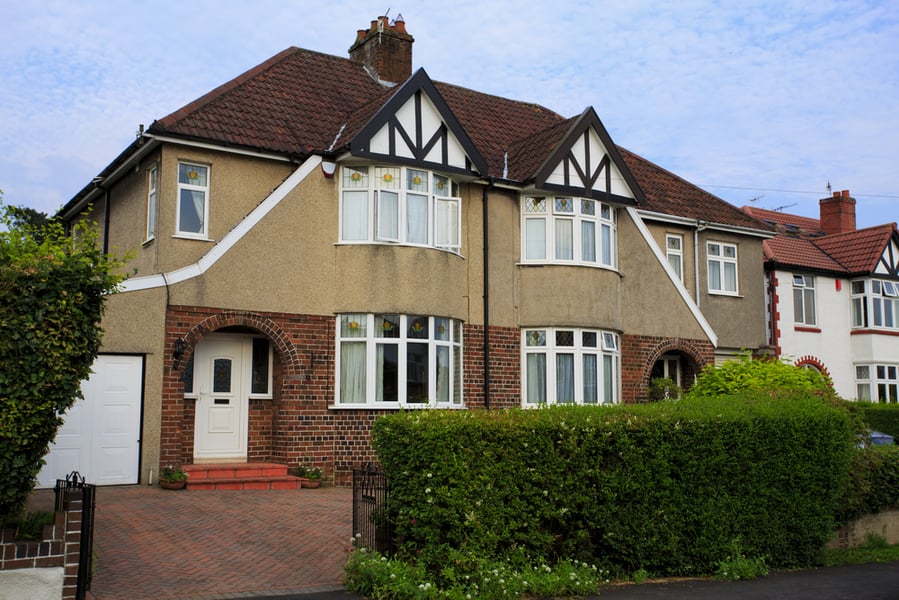
Bridging and development lender Avamore Capital aims to focus on commercial cases more this year, Michael Dean, its principal and co-founder has revealed.
The lender has seen its transaction volumes rise 60% year-on-year, according to its half year results.
Avamore has completed loans ranging from £250,000 to £2.5m in H1 2018. Only 10% of the volumes Avamore does are commercial bridging and with a background of a commercial surveyor, Dean has the experience there and wants to see Avamore do more commercial cases.
He said: “We understand commercial assets, the market, the vaguaries and answers so we want to be doing more and more out and out commercial. I think we have many aims and areas we want to grow into. We’re in a really exciting place now.”
Avamore will pass the £100m mark for total lending since it started and aims to be doing £100m of lending by the end of next year on an annual basis and has room on its panel for more solicitors, valuers and monetary surveyors.
Last year H1 was slow, which Dean attributed to the competitive nature of the market, but it picked up with more good volumes in the second half of the year but nonetheless, Avamore missed its yearly target of £50m.
However this year Dean said the lender has performed hugely better, than H1 last year. In March Avamore had a record number of closings in a month and a week, so the lender is set to meet that same target of £50m this year.
In terms of product trends, Dean said he’s seen everyone dialling back their pricing and fewer transactions in the unregulated space because the property market is slower.
Avamore predicted a small downward turn in pricing for development finance in H2. With continual institutional investor interest in the sector and a lack of investment class alternatives, it suggested is likely that prices will fall but said it is difficult to predict to what extent this will be.
For construction risks, the lender predicted with less EU migration, the availability of labour will fall putting upward pressure on construction and increasing build costs.
The weakening of the pound will also increase costs meaning projects may fall behind and incur further charges.
The average market GDV is relatively consistent at 65% and although the average loan term is 18 months, brokers believed that this is likely to move to 24 months due to the increased sales cycle.
Avamore predicted completed projects are likely to be slower to sell and hence expected to see exit finance more often used.
It’s unclear what the implications are for developers who have equity stuck in projects with regards to their ability to acquire new sites. This may put downward pressure on land values.
For bridging finance, the market LTV is roughly around 70%. Changes to this will inevitably affect interest rates. Exit bridges can be structured at up to 75% LTV.
The average loan term for bridging is around six months while the maximum is likely to be 12 months.
Brokers suggested that bridging prices will remain relatively consistent. Most said that the market rate has reached the lowest point and so lenders will now look to be competitive in other areas.
Avamore predicted that vanilla bridging pricing is unlikely to fall further. On the value add and refurbishment side of the market, there is still room for pricing to fall. This is due to the capital influx from institutions chasing the sector.
The lender thought it’s likely that the market will see more teams poached as opposed to straight mergers. There may be scope for collaboration in terms of geography with northern and southern lenders working together.



